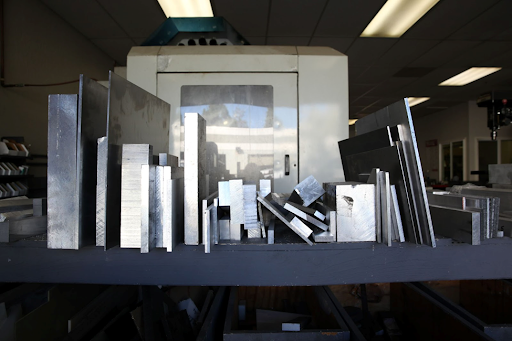YOU MIGHT ALSO BE INTERESTED IN

Our Best Tips for Sustainable CNC Machining
Learn More

CNC Machining with Robotics – Outlook and Manufacturing of Cobots in CNC Machining
Learn More
Finishing Services
Applicable Materials
Colors
Applications
Thickness
Chromate conversion coating, more commonly known as chem film or by its brand name Alodine, is a chemical coating that passivates and protects aluminum from corrosion. It is also used as a base layer before priming and painting parts. The standard most commonly specified in engineering applications is MIL-DTL-5541F, which refers specifically to coating of aluminum alloys.
This protective layer is much thinner than an anodizing layer, and while both are created by immersion of parts into a bath, Alodine is a simple chemical coating and the process does not use electrical current.
Alodine is a slightly cheaper process than anodizing, though it is more prone to scratches, wear, and cosmetic damage. The most common color of the coating is an iridescent greenish-gold, and thus it may also be used for cosmetic purposes. However, this color comes from hexavalent chromium, which is toxic, so for RoHS compliance needs, there are clear versions of the coating available as well.
Learn More
Learn More